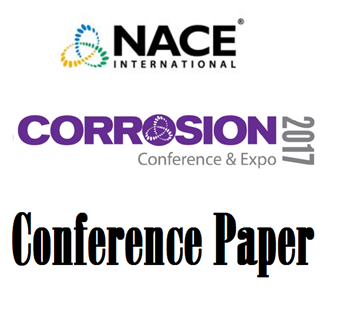Search
51313-02487-Investigation of the Acetic Acid Corrosion Mechanism
Also Purchased
02440 ENVIRONMENT ASSISTED CRACKING OF 316L STAINLESS STEEL IN ACETIC ACID ENVIRONMENTS
Product Number:
51300-02440-SG
ISBN:
02440 2002 CP
$20.00
Effect of Acetic Acid on Sour Corrosion of Carbon Steel
Product Number:
51317--9318-SG
ISBN:
9318 2017 CP
Publication Date:
2017
$20.00
09562 Impact of Acetic Acid on Weld Corrosion and its Mitigation
Product Number:
51300-09562-SG
ISBN:
09562 2009 CP
Publication Date:
2009
$20.00
Recently viewed




